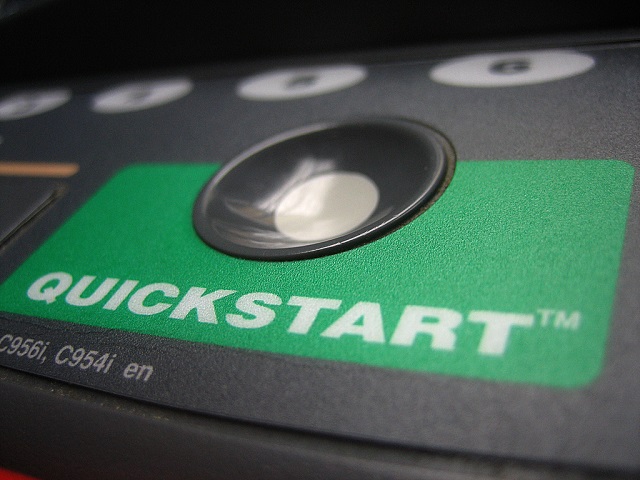Technology companies are in the business of making money, that’s nothing new, and there is nothing wrong with that. But how different companies market their products, services and offerings, is where things get tricky. Companies provide “quick-start” software tutorials. They sell “plug and play” hardware technologies. They offer “seamless integration” with existing client infrastructures and technology stacks. Some also designate themselves as “one stop shops” who can service a client, end to end, without the client having to branch out anywhere else for help. In order for a venture to succeed, the business has to stay in front of new technology. But how client brings this new technology into his business, is what can make or break the initiative.
Software “Quick-Start”
A user needs to be able to quickly decide whether some new software works for him. Pretty demos and walk-through’s are good. However, the user experience is not the same unless the customer actually tries the software himself in his environment. This is where the quick-start comes in. It’s usually to 5 to 15 minutes of educational content for some new technology on a website, video, or other medium.
The user learns how to install and configure some new software in her environment. The goal here is to make the intro process as quick and easy possible as possible, so that the user can make his evaluation about whether he wants to continue with the software. It’s usually either a “Hello World” type of program, or a trial version of an application, with limited features. It has just enough substance to allow the user to make his GO/NO-GO decision.
An important premise here is for the quick-start to be easy to finish. However, despite all the pretty screenshots on the application’s website, getting a quick-start to work is not always so quick and easy. Take Maven’s 5 minute quick-start for example: https://maven.apache.org/guides/getting-started/maven-in-five-minutes.html. I remember going through this tutorial, years ago. And guess what? To get the quick-start to work, I had to update the POM.xml with changes that I knew because I went through similar situations prior to this experience. This is just one example, and please don’t get me wrong, Maven is my #1 Java build tool. I’m simply referencing this anecdote to provide context.
For this reason, I never assume a quick-start will be easy and painless. I plan accordingly, and will never definitely say that a quick-start or Proof Of Concept is going to take me the published estimated time. Only after I go through the process on my own, will I discuss specifics regarding time to completion.
Hardware “Plug-And-Play”
I recently tried to connect a laptop to an external TV using an HDMI cable. After hours of troubleshooting, I finally got this to work. I needed to change my graphics card configurations, display settings, and go through other steps. Essentially, I should have just been able to insert one end of the cable into the laptop, and the other end of the cable into the TV. But connecting a laptop to a TV using an HDMI cable is “Plug-And-Play”, right? That’s the thing though, just because it was supposed to be a seamless experience, that did not mean that it was as such.
Imagine if you were at a customer site, preparing their equipment for an important demo. If you had to give an estimate for time, to the client, what would you say? As for myself, I give conditional estimates to such projects, because I know what I am dealing with. Check out how many Google hits we get for “problems with connecting laptop to tv using hdmi”. We have around 455,000 hits!

As such, don’t take even the smallest hardware installation for granted, because it could turn into big problem. As with software, plan accordingly, and make sure to take controlled, calculated steps – otherwise, you might brick your system, and be sorry that you ever messed with it in the first place!
